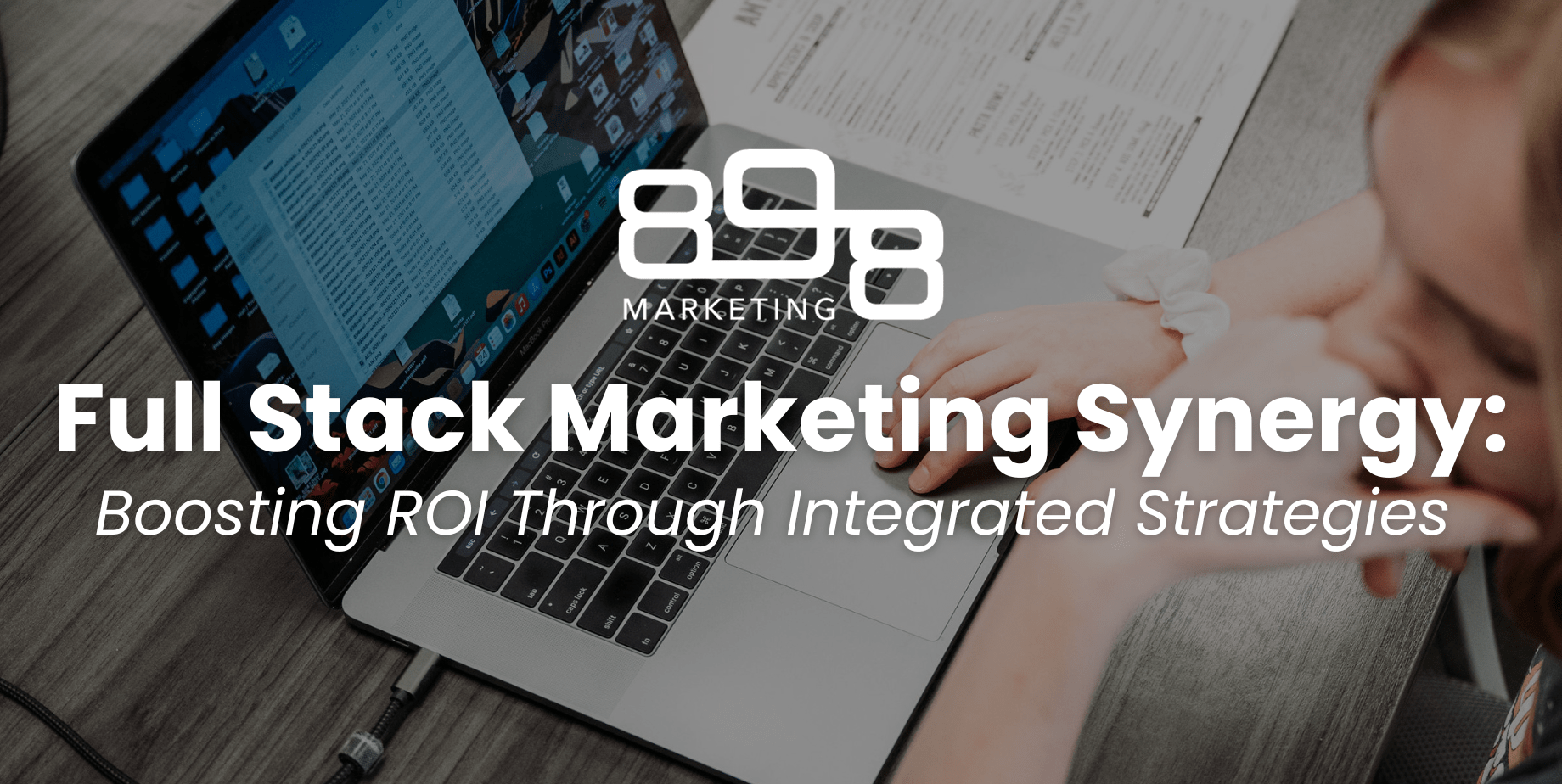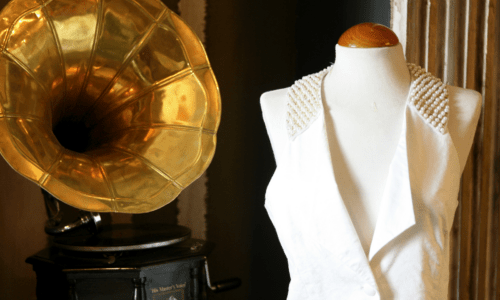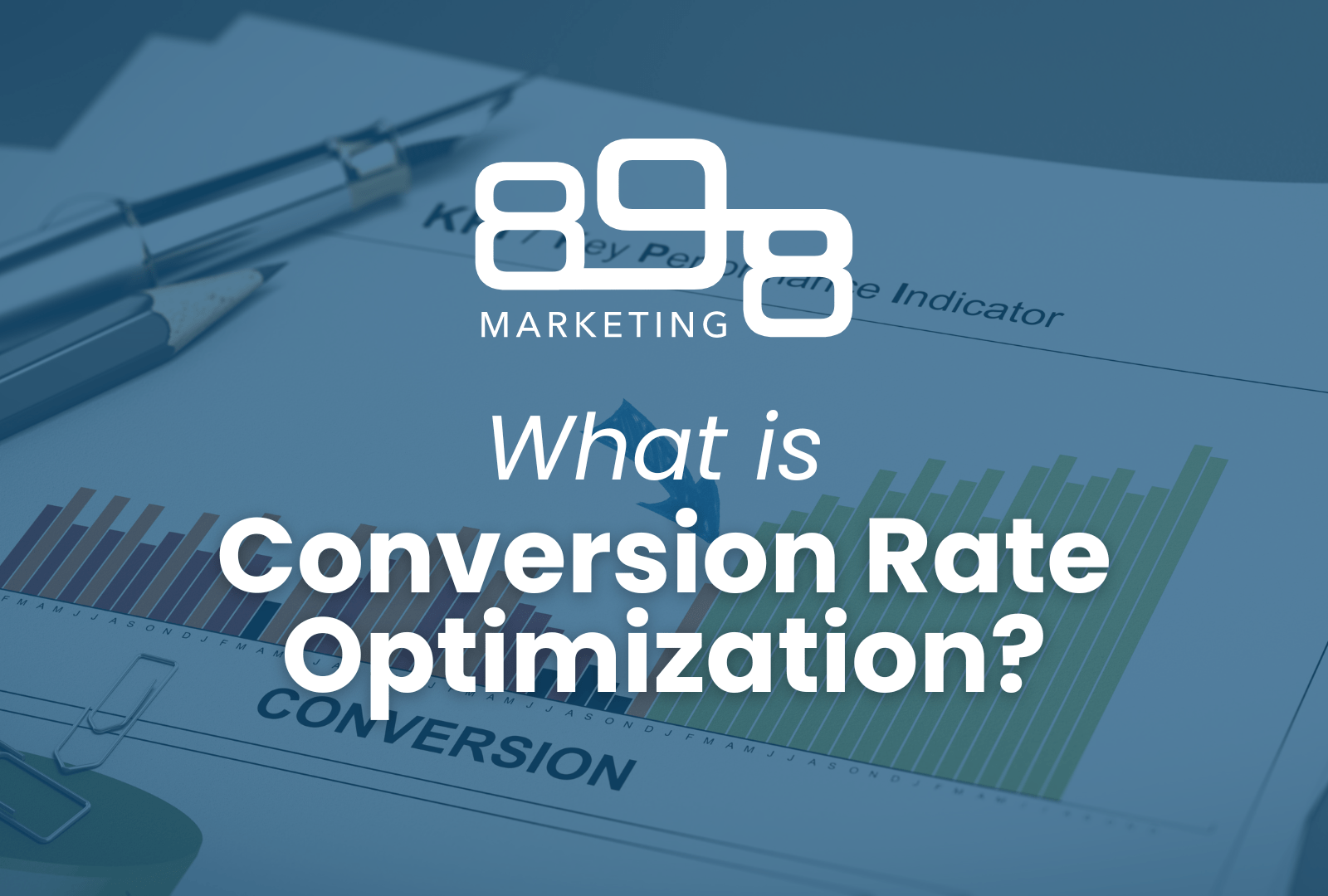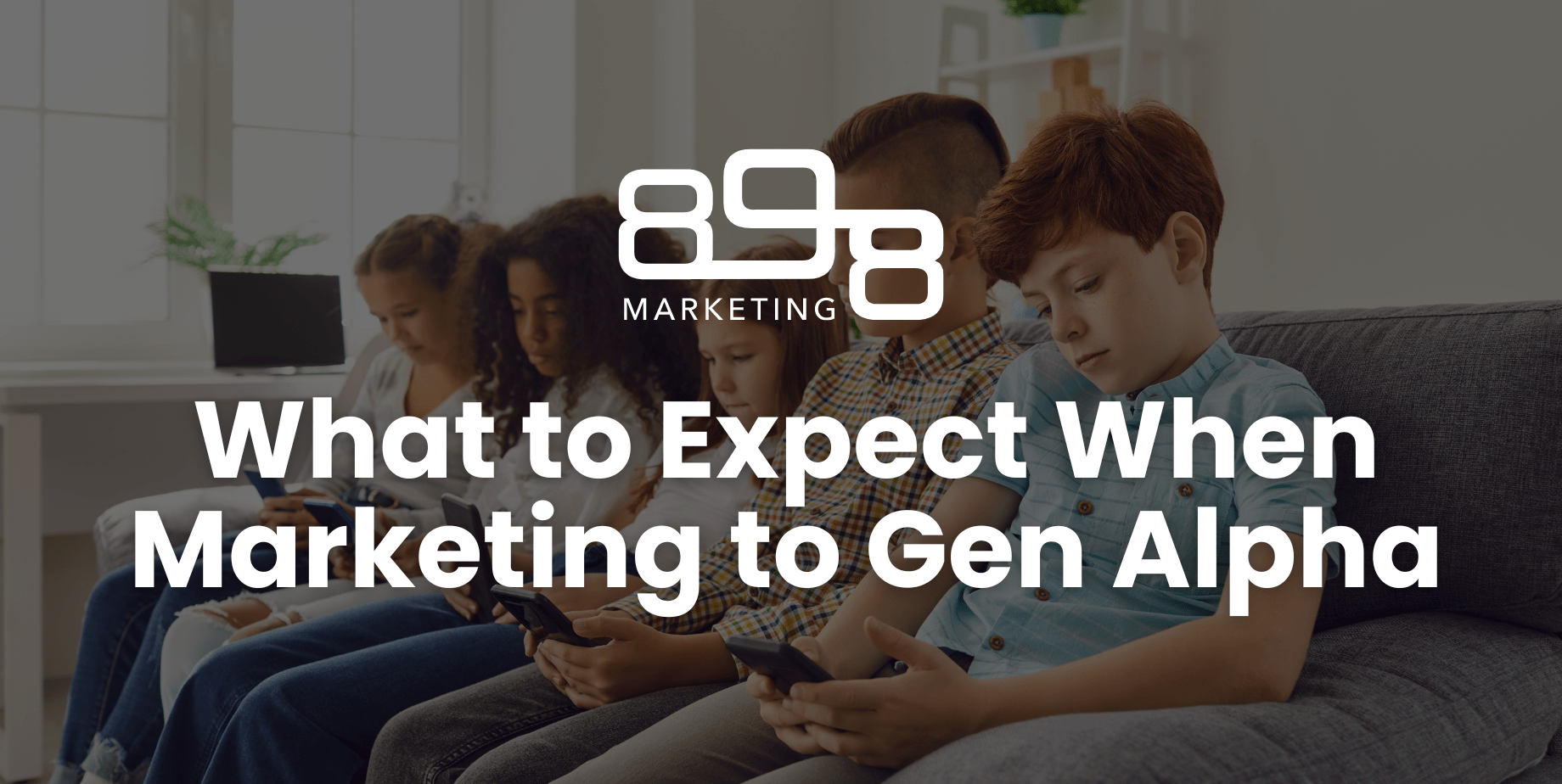
Full Stack Marketing Synergy: Boosting ROI Through Integrated Strategies
- Lexi Marco
- September 28, 2023
- Business, Marketing
- 0 Comments
In the dynamic world of digital marketing, there’s an ever-growing need for strategies that cover every facet of the customer journey. From the initial spark of awareness to the final push towards a conversion, each touchpoint plays a critical role. This comprehensive approach, known as Full Stack Marketing, is gaining traction amongst industry leaders, including 898 Marketing. But what is it about this method that drives superior results?
Defining Full Stack Marketing
At its core, Full Stack Marketing isn’t just about using every tool in the marketing toolbox; it’s about using them cohesively. Think of it as a symphony: each instrument or marketing channel has its role, but it’s the harmony they create together that makes the music unforgettable. Full Stack Marketing is this harmony, where tactics from content marketing, PPC campaigns, SEO, email marketing, social media, and more all converge to create a seamless experience for the consumer. 
The Power of Integration
The true magic of Full Stack Marketing lies in integration. No longer are campaigns siloed, hoping that one strategy might stick. Instead, through a blend of automation, data analytics, and creative strategy, marketers can ensure that each effort supports and amplifies the others. This synergy— this holistic approach— is what’s driving companies to witness unparalleled growth and ROI (Return on Investing) figures.
Having established an understanding of the underlying philosophy of Full Stack Marketing, let’s embark on the journey of a potential customer, starting from the first glimpse they catch of your brand to the nuances of their post-click experiences and beyond. This journey is multifaceted and complex, but understanding it is the key to unlocking unmatched ROI.
Prospecting Ads: Casting a Wide Net
In today’s vast digital expanse, getting your message in front of the right eyes is both an art and a science. It begins with casting a wide yet discerning net – prospecting ads. Below are some of the most frequently used examples of prospecting ads.
- Google Ads: Predominantly known for its Search Ads, Google allows businesses to appear right at the top when potential customers are actively searching for related products or services. Its Display Network also offers visual ads across a plethora of websites, reaching users while they browse.
- Programmatic Ads: Utilizing advanced technology, programmatic advertising automates the decision-making process of media buying, targeting users more precisely and at scale. It’s about purchasing ad space in real-time, ensuring your ads reach your ideal audience at the right moment.
- CTV (Connected TV) Ads: As viewers shift from traditional TV to streaming services, CTV advertising allows brands to engage viewers with tailored ads on their smart TVs and devices, reaching a targeted, relevant audience.
- Social Media Platform Ads: From LinkedIn’s B2B prowess to Facebook’s immense user base, and encompassing dynamic platforms like TikTok and Instagram, social media advertising offers precision like no other. Harnessing granular targeting capabilities to ensure your message resonates with the right audience, every time.
Each platform provides unique avenues to reach varied audience segments, from the tech enthusiast streaming their favorite shows to the professionals networking on LinkedIn. Understanding where your audience spends their time and tailoring your message to each platform’s strengths is essential. 
The Post-Click Experience: Making the First Impression Count
Once a potential customer or lead clicks on your ad, the journey has only just begun. The post-click experience, primarily centered around landing pages, is where interest is nurtured into concrete action.
- Importance of Landing Page Optimization: A well-optimized landing page ensures that the promise made in the ad is delivered upon, creating a seamless transition. It’s here that your value proposition needs to shine, urging visitors to take the next step in their customer journey.
- Role of UX and UI in Conversions: While User Experience (UX) ensures the visitor’s journey on the page is smooth and intuitive, User Interface (UI) focuses on the visual elements. Together, they create an environment conducive to conversions
- Harnessing CRO Tactics
- What is CRO: Conversion Rate Optimization (CRO) is the systematic process of increasing the percentage of visitors who take a desired action, be it filling out a contact form or making a purchase.
- Key Strategies: Enhancing conversion rates involves a myriad of strategies, including A/B testing (comparing two versions of a webpage to see which performs better), analyzing user behavior to uncover obstacles, and crafting compelling Call-to-Actions (CTAs) that guide users effortlessly.
Having successfully navigated the initial stages of a customer’s journey, from the first glimpse of an ad to the intricacies of their post-click experience, it’s now crucial to ensure that this spark of interest doesn’t fizzle out. This is where the pursuit truly begins, where brands ensure that fleeting interest transforms into long-lasting engagement.
Pursue Tactics: The Art of Retargeting and Nurturing
In the digital landscape, the initial interaction is rarely the concluding one. With a plethora of options available at the fingertips of consumers, it’s all too common for them to navigate away, sometimes with the intention of returning later, and at other times simply because they got distracted. Pursue tactics are designed to bring these potential customers back into the fold, nurturing their initial interest until it blossoms into the desired outcome.
- Remarketing and Its Effectiveness: Remarketing, often interchangeably used with retargeting, involves displaying ads to users who have previously visited your website or engaged with your brand digitally. This strategy capitalized on familiarity, serving as a gentle reminder of the products or services they showed interest in. Since these individuals have already displayed an affinity towards your offerings, they’re more likely to convert, making remarketing campaigns exceptionally effective in boosting ROI.
- MAT (Marketing Automation Tools) and Their Role: As the name suggests, MAT streamline and automate marketing tasks, making it easier to nurture leads and enhance customer relationships. These tools track user behaviors and engagement, triggering personalized actions based on predefined criteria. Whether it’s sending an email to a customer who abandoned their cart, displaying a specific ad to someone who browsed a particular product category, or even launching a follow-up survey after a purchase, MAT efforts ensure consistent engagement, driving repeat interactions and fostering conversions.
The art of pursuing potential customers is nuanced. It’s about understanding their journey, recognizing their touchpoints with your brand, and then leveraging this knowledge to ensure they’re continually engaged, guided, and nurtured. In a world where brand loyalty is gold, pursue tactics are the alchemists turning initial interest into lasting commitment.

The Synergy of Full Stack Marketing
As we reach the culmination of our exploration into Full Stack Marketing, it’s evident that this isn’t merely a buzzword but a necessity in today’s ever-evolving digital ecosystem. Every piece of the puzzle, from the initial prospecting ads to the intricate post-click experiences and the astute pursue tactics, is instrumental in weaving the tapestry of a holistic marketing strategy.
Each component of this marketing approach holds its unique value:
- Prospecting: It’s the dawn of the customer’s journey, casting the first beacon of your brand’s presence, ensuring visibility in an overcrowded marketplace.
- Post-Click: This is where intrigue meets engagement. By delivering a seamless and value-driven experience, brands have the opportunity to not just capture interest but solidify it.
- Pursue: Ensuring initial interest isn’t fleeting but fosters into a lasting relationship. It’s about continual engagement, ensuring every touch point with the potential customer nudges them a step closer to conversion.
Viewing Full Stack Marketing as a symphony, each of its three segments (prospecting, post-click, and pursue) can be seen as a distinct instrument playing its own unique melody. Individually, they produce captivating tunes, but together, they create a symphony of success that resonates with their customers, driving an ROI that’s music to a brand’s ears. 
In today’s digital symphony, where consumers are overwhelmed with choices, a disjointed marketing approach is more than a missed note – it disrupts your brand’s harmony. Adopting Full Stack Marketing isn’t about following fleeting trends but curating a timeless performance. It ensures every marketing penny not only counts but resonates, letting businesses fully embrace the crescendo of growth, engagement, and unparalleled success.
Navigating the intricate symphony of Full Stack Marketing can sometimes feel overwhelming. If you find yourself looking for a guiding hand, remember 898 Marketing is here to help. We envision ourselves as partners in harmony, assisting brands like your to transition from striking individual notes to creating a harmonious masterpiece.
Related Posts

- Jeff Ryznar
- November 11, 2015
The Price of Supporting Our Troops with Sports Marketing
Attracting the next generation of servicemen and women to protect our freedom is taking on a fo ..

- Jeff Ryznar
- February 16, 2016
Free Content and Streaming Music Challenged at Grammy’s
The music industry didn't just challenge streaming music at the Grammys', they challenged conte ..





Recent Comments